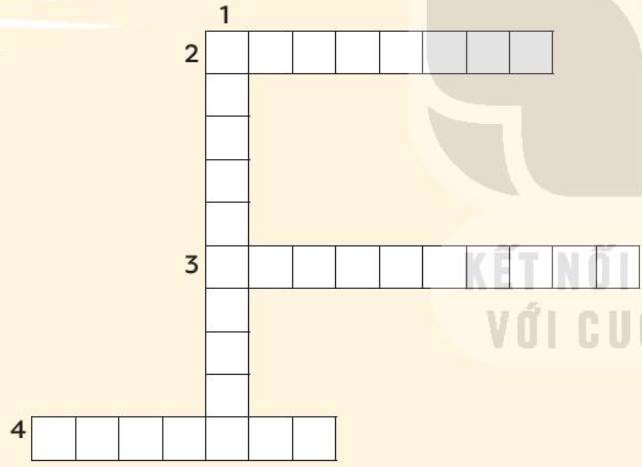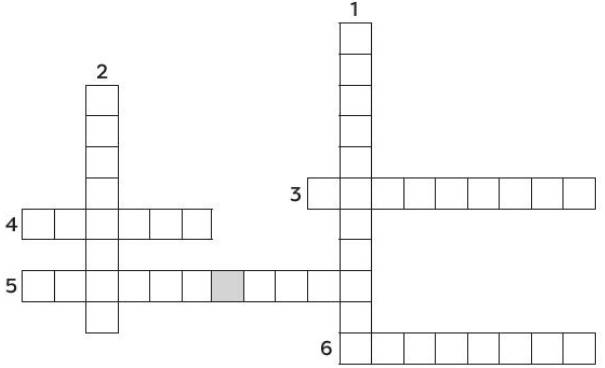Hãy nhập câu hỏi của bạn vào đây, nếu là tài khoản VIP, bạn sẽ được ưu tiên trả lời.

Read the following article about ice-skating. Choose the most suitable heading from the list A-I for each part (1-8) of the article.
A. Prepare yourself
B. The benefits of the sport
C. When things go wrong
D. Different skating techniques
E. A change in approach
F. The right attitude
G. Moving off
H. Holding your body correctly
I. How it all started
1...I...
Ice skating has a history of thousands of years. Archaelogists have discovered skates made from animal bone. It seems that bone skates were used until the introduction of iron into Scandinavia about the year 200 AD. Among the Scandinavian upper classes, skating was seen as an essential skill.
2....E...
In the early 20th century, skating was stylish and reserved, but at the 1924 Winter Olympics, 11-year-old Sonja Henie introduced a more athletic attitude which inspired a new wave of popularity. Nowadays art and athletics are combined and modern skating is both graceful and physically demanding.
3....H..
For the beginner, balance and control are still important and speed can only increase with proficiency. The position of your body plays a great part in the balance. Legs slightly bowed and the knees bent keep the body weight centred; in effect the body leans slightly forward in this position. For skating, probably more than any other sport or recreation, relaxation is vital.
4....G..
For the starting position, the heels shoould almost be touching and the feet should be turned outwards. While pushing forward with the back foot, you make a very small movement with the other foot. Fairly easy, isn't it? If you can keep this up for a while, you can then slowly increase the length of your movements as you gain experience.
5..C....
Knowing how to fall must be learned among the skater's first skills. Even the best of the professionals fall. In order to fall without injury, you should be as relaxed as possible. In this way the shock of hitting the ice is lessened. To get up, use your hands to get into a kneeling position, then stand.
6....D..
Once you have learned to move on the ice with confidence, there are various styles to be practised - figure skaing, free style, distance, speed, skating in pairs and so on - but the basis of them all, and by far the best approach, is first to learn figure skating and then elementary freestyle. With proper guidance available at most of the ice rinks troughout the country, the basic figures can soon be learned and the turns, jumps and spins of elementary free style will soon follow.
7...A...
If you look at any good or professional skater, you will see how relaxed they are and how easily they move. To achieve this an expertise programme should be regularly practised. It can be dangerous to skate with a stiff body and warm-up exercises should at least include those for the legs, back and shoulders, with special emphasis on the ankles and knees. After a long or intense session, the same exercises should be used afterwards to avoid stiffness.
8..B....
Skating improves balance, co-ordination, relaxation and movement. It improves heart and lung activity and generally strengthens the body. Combined with swimming or jogging, it provides a great programme for all-round health and fitness.

If you are considering becoming a lawyer of thinkingmp of joining the police service, a knowledge on criminology is very useful. It includes learning how evidence (evident) is collected and how tryings (try) are conducted, but it also involves learning about the psychology of crime, how the crimes(crime) think. This is very important to understand why someone becomes an offense (offense) and what makes them do what they d0. Someone might commit the thieves (thief), for example, for a number of reasons, ranging from poverty to seeking attention. Knowing what motivates a robber or a murder (murder) reduction in violence (violent) on the street. The next time you hear about a crime on TV or in the newspaper, look at the accused (accuse) and ask yourself what led this person to a life of crime.

C. The benefits of the sport is in all three fact files:
- SEPAK TAKRAW
Thông tin: Sepak Takraw helps develop excellent eye-foot coordination, leg strength and flexibility.
(Cầu mây giúp phát triển khả năng phối hợp mắt - chân tuyệt vời, sức mạnh và sự linh hoạt của chân.)
- KARATE
Thông tin: In addition to teaching concepts such as respect and discipline, it can help build confidence and self-defence skills.
(Ngoài việc dạy các khái niệm như tôn trọng và kỷ luật, nó có thể giúp xây dựng sự tự tin và kỹ năng tự vệ)
- VOVINAM – VIET VO DAO
Thông tin: Not only does Vovinam help strengthen practitioners' mind and body but it also encourages a healthy lifestyle.
(Vovinam không chỉ giúp rèn luyện thể chất và tinh thần cho người tập mà còn khuyến khích một lối sống lành mạnh.)

Đáp án B
Thông tin: Yet when parents minimize conflict, family bonds can be maintained. And many families are doing this.
Dịch: Tuy nhiên, khi cha mẹ giảm thiểu xung đột, trái phiếu gia đình có thể được duy trì. Và nhiều gia đình đang làm điều này.
Như vậy, “this’ thay thế cho “minimizing conflict”

1. Volunteer teachers will help Vietnamese teachers to teach the students pronunciation and conversational skills F
2. Each volunteer teacher will have to be responsible for a class of 50 students F
3. Volunteers in this teaching program must be qualified and experienced in teaching English F
4. Volunteer teachers should be enthusiastic about their work with students .T



1. Building self-confidence is important for preventing and dealing with bullying.
2. The local police are running an awareness campaign to reduce crime in the area.
3. Teens who are regularly bullied suffer from depression.
4. Violent video games can lead to feelings of anger and hate.